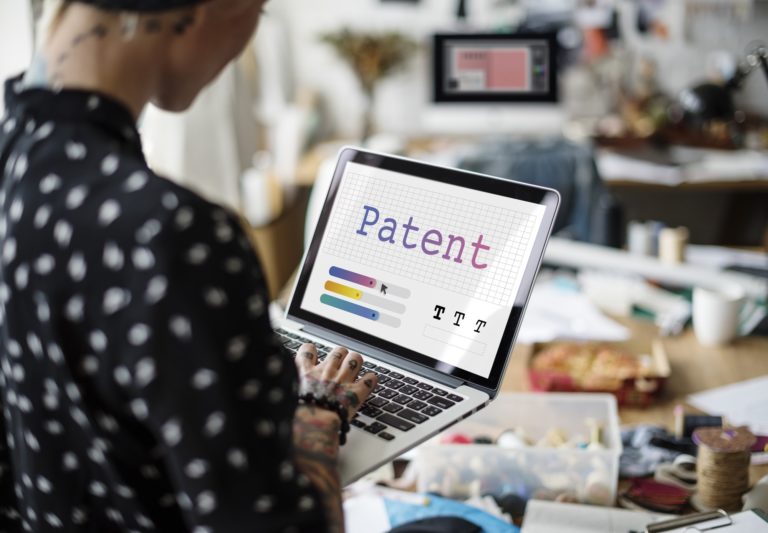Firstly, what is IP rights? Intellectual property (IP) is a creation of the mind. This can be an invention, literacy, works of art, designs, symbols, names and images used in commerce. IP is protected in law by a patent, copyright and trademarks. This allows the creator to earn recognition or be paid for their invention or creation. There are 4 different types of IP which are Trade Secrets (protects secret information – Coca-Cola formula), Trademarks (protects brands – Apple), Copyright (protects work of authorship – drawings) and Patents (protects functional or ornamental features – swipe feature).

Why are they important?
IP is a vital part of the creative industries as it protects what you create. It is the most important asset to any business within this industry. As with any asset it can be stolen, exploited or sold illegally. Without IP businesses and individuals would not receive the benefits of their work which would cause a detrimental effect on research and development.
Impact in the creative industries
IP does not suffocate creativity within the creative industries. If anything, it allows creativity to flourish within this industry. It allows individuals and businesses to invest in research to come up with new ideas and breakthroughs on new technology. This can be in any area of technology from finding a cure within a medical field to new hardware. One of the biggest technology breakthroughs for me recently, would be AMD competing with Intel for the first time in well over a decade. This is due to their new third-gen Ryzen 7nm CPU’s that support PCIe 4.0 x16 (double bandwidth from PCIe 3.0). On release they were much cheaper in comparison to Intel’s 14nm CPU’s and beat Intel’s older hardware and complete with Intel’s current. Currently when the Ryzen 9 3950X hits in November, it is set to topple Intel’s current best the i9-9900K. None of this would be possible without intellectual property rights. This allows healthy competition between companies which allow them to strive and constantly look for ways to improve so that their better than the competitors. This in turn works out well for us consumers who get cheaper hardware thanks to competition.
IP in web development

The type of intellectual property in web development is mainly copyright. Copyright is simple to understand. It belongs 100% to the creator to do with as they wish. Within the web development industry, the files are normally audio, images and/or video. However, within copyright law there are different restrictions depending on the creator. Some of which are Royalty Free (license used by stock images to sell the stock images), Attribution (to give credit to the creator but can use it) and All Rights Reserved (can’t use it as the creator holds it for their own use). Stock image websites such as Adobe Stock and Shutterstock offer a developer access to millions of files that are royalty free files. Most developers I know use one of these websites for their stock images for a project. Personally, I use Envato Elements for my content as it gives me access to images and graphics that I am unable to make on my own.
IP rights within this industry is vitally important as it stops anyone taking content that does not belong to them and using it as if it is theirs. This does occur daily within the web industry and although most of it will go unpunished, if caught companies or individuals are threatened to pay an absurd amount of money for illegally using the content or face going to court. I have found clients will take images from google or random websites illegally and ask for it to be put on their website. From experience the freelancer/company is at fault for using the image and not the client. So, it is the freelancer/company that gets taking to court even though the client supplied the images. From a web perspective, it is important for the developer to check where the image came from and if the client owns the license. If the client does not own the license, then do not use the content.


